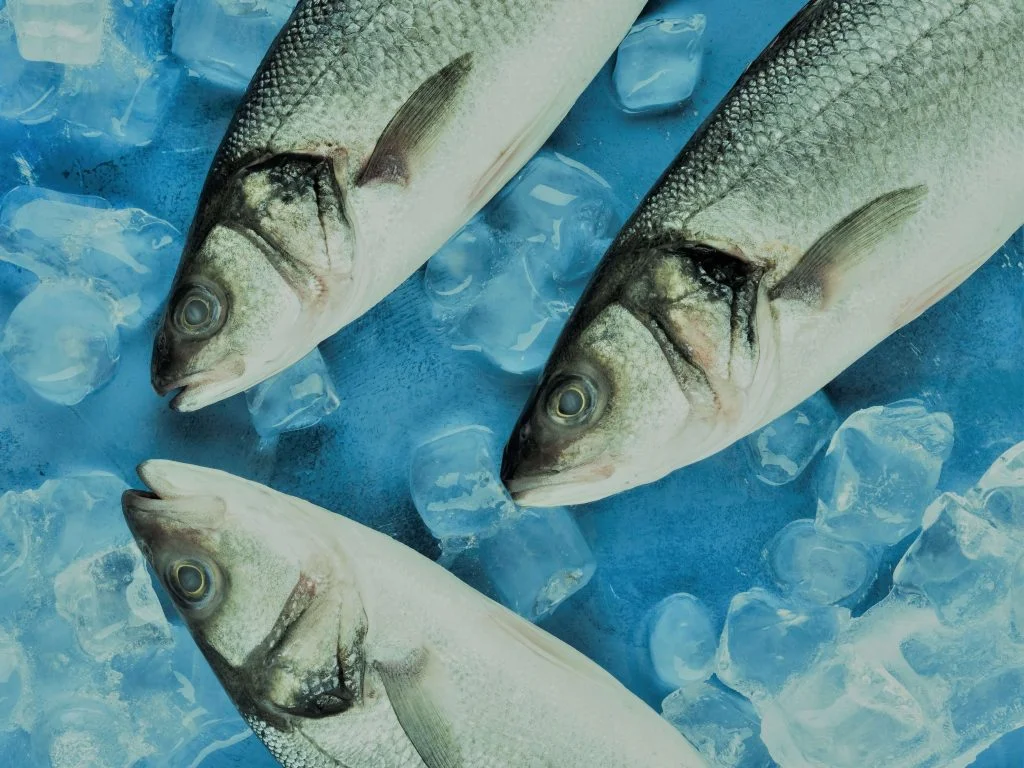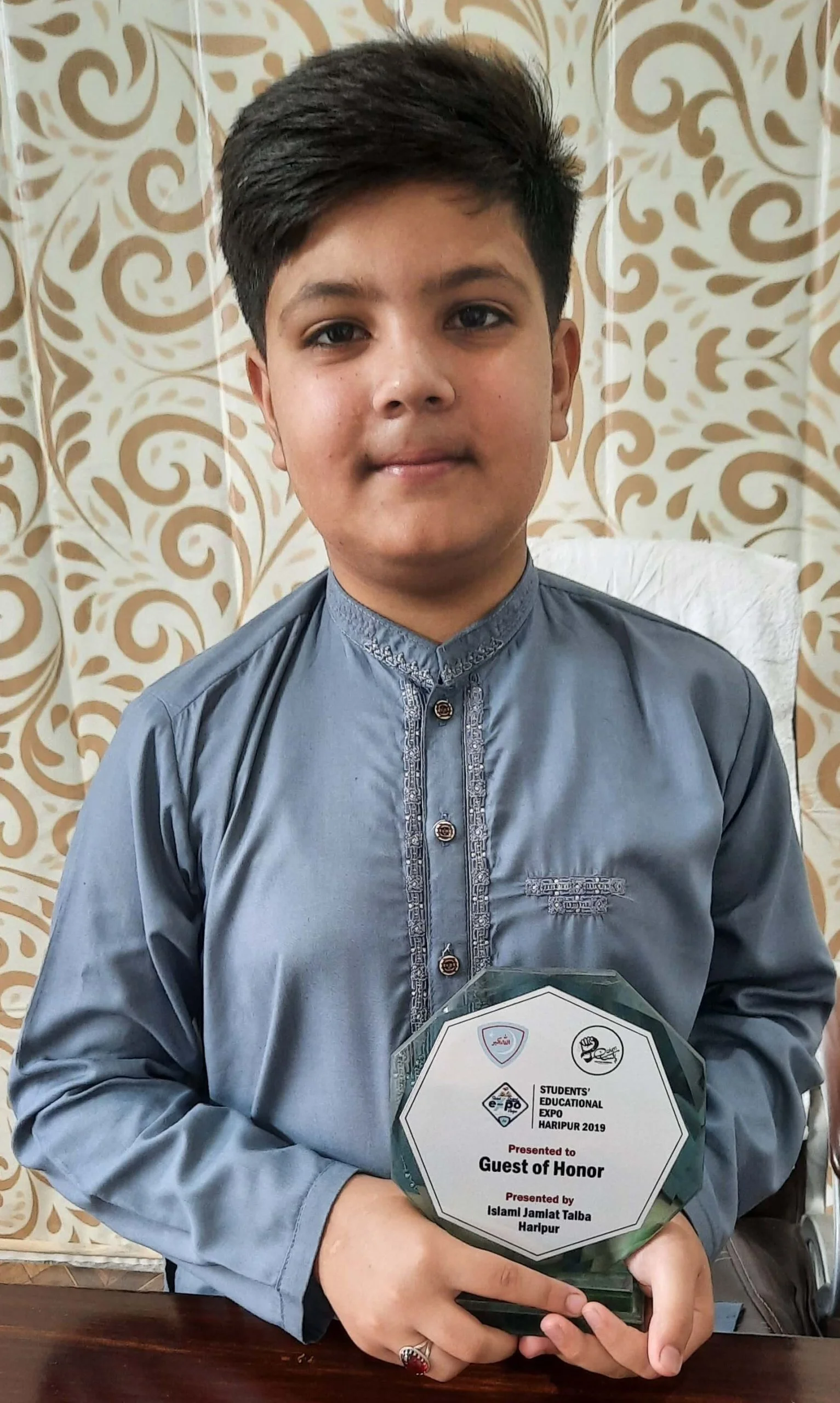
When it comes to fishing, one of the most crucial aspects is knowing how to store your fish after catching it. Ensuring proper fish storage preserves the flavors and textures of the fish, enabling you to savor a delicious meal even days after your fishing camp. This comprehensive guide will explore various methods and best practices for storing fish after catching them. By following these techniques, you can maintain the freshness and quality of your fish for an extended period.
Methods of Fish Storage:
| Method | Exposing fish to smoke adds flavour and acts as a natural preservative |
| Chilling | Placing fish in a cold environment, such as a refrigerator, to slow down bacterial growth |
| Freezing | Storing fish at freezing temperatures to extend its shelf life |
| Vacuum Sealing | Removing air from the packaging to prevent freezer burn and maintain fish quality |
| Salting | Using salt to draw out moisture from the fish, inhibiting bacterial growth |
| Canning | Processing fish in airtight jars or cans to preserve it for an extended period at room temperature |
| Smoking | Exposing fish to smoke adds flavour and acts as a natural preservative |
| Storing in Brine | Immersing fish in a saltwater solution to maintain its moisture content and prevent spoilage |
| Storing in Oil | Submerging fish in oil creates a barrier that inhibits bacterial growth and maintains quality |
| Storing in the Pantry | Preserving fish in a cool, dry place with proper packaging to prevent spoilage |
Importance of Proper Fish Storage:
Storing fish correctly after catching it is of utmost importance. Improper fish storage can lead to rapid spoilage, causing an unpleasant odor and posing potential health risks. Following the proper storage methods, you can ensure your fish remains fresh and safe for consumption. Additionally, adequate fish storage allows you to plan meals, reduces waste, and maximizes the value of your catch.
Preparation before Storage:
Before storing your fish, it is essential to prepare it properly. Start by cleaning the fish thoroughly, removing scales, guts, and any unwanted parts. Rinse the fish with fresh and cold water to remove any impurities. Once cleaned, pat the fish dry with a clean cloth or paper towel. This step ensures that the fish is clean and ready for storage, minimizing the risk of bacterial growth.

Chilling the Fish:
Chilling is one of the simplest and most commonly used methods for short-term fish storage. After cleaning the fish, please place it in a shallow container or a zip-lock bag and put it in the coldest part of your refrigerator. Set the temperature between 32°F to 39°F (0°C to 4°C) to prevent the fish from freezing. Chilling helps slow bacterial growth and maintain the fish’s freshness for several days.
Freezing the Fish:
Freezing is an excellent method for long-term fish storage. Before freezing, ensure to tightly wrap the fish in moisture-proof packaging, such as plastic wrap or freezer bags, to prevent freezer burn. Proper packaging helps maintain the quality and flavour of the fish. Labeling the packages with the date is also advisable to keep track of their freshness. For best results, use the fish within three to six months.
Vacuum Sealing:
Vacuum sealing is a highly effective method for fish storage, particularly for longer durations. By removing air from the packaging, vacuum sealing minimizes the risk of freezer burn and extends the fish’s shelf life. Pack the fish tightly using a vacuum sealer, ensuring no air is trapped. Properly sealed fish can last up to two years in the freezer without compromising quality.
Salting the Fish:
People have used salt as an age-old technique for preserving fish. When you apply salt to the fish, it draws out moisture, inhibiting bacterial growth. There are two standard methods of salting fish: dry salting and brining. Dry salting involves covering the fish with a layer of salt and allowing it to absorb the moisture. Brining, however, requires immersing the fish in a saltwater solution. Different types of fish require different amounts of salt and bringing times, so it is crucial to follow specific recipes and guidelines.
Canning the Fish:
Canning is a popular method for preserving fish, particularly for those who prefer room-temperature storage. The canning process involves processing fish in airtight jars or cans, along with brine or oil. We apply heat to destroy bacteria and enzymes during the canning process, effectively preserving the fish. You can store canned fish at room temperature for an extended period, which makes it convenient for long-term storage.
Smoking the Fish:
This is a traditional method that not only adds flavour to fish but also acts as a natural preservative. Smoking exposes fish to smoke generated by burning wood chips or other aromatic substances. The smoke helps dry the fish’s surface, preventing bacterial growth and extending its shelf life. Smoked fish can be stored in the refrigerator or freezer, depending on the desired storage duration.
Storing Fish in Brine:
Storing fish in a brine solution is a technique that helps maintain its moisture content and prevent spoilage. Brine is a mixture of salt and water, acting as a preservative by creating an environment that inhibits bacterial growth. To store fish in brine, immerse them in the brine solution and ensure you fully submerge them. This method is a common practice for small fish or fish fillets.
Storing Fish in Oil:
Submerging fish in oil is another method of preserving it. The oil creates a barrier that inhibits bacterial growth and helps maintain the fish’s quality. To store fish in oil, place the cleaned fish in a container and cover it entirely with oil. Make sure the container is airtight to prevent air exposure. This method is particularly suitable for oily fish like mackerel or sardines.
Storing Fish in the Pantry:
Some fish, such as salted or canned varieties, can be stored in the pantry or a cool, dry place. Ensure that the fish is packaged correctly to prevent spoilage. Always check the expiry dates on canned fish and discard any cans past their expiration date. Properly stored fish in the pantry can be a convenient ingredient for various recipes.
Best Practices for Fish Storage:
- Use fresh fish: The quality of the fish you store depends on its freshness. Aim to store fish as soon as possible after fishing it.
- Clean and dry thoroughly: Clean and dry the fish before storing them to minimize bacterial growth.
- Label and date packages: Keep track of the freshness of frozen fish by labeling and dating the packages.
- Maintain proper temperatures: Whether chilling or freezing, ensure that the temperature is set correctly to preserve the fish’s quality.
- Use appropriate packaging: opt for moisture-proof and airtight packaging, such as plastic wraps, freezer bags, or vacuum-sealed packages.
- Follow specific recipes and guidelines: When salting or canning fish, adhere to specific recipes and guidelines to ensure proper preservation.
- Regularly check for spoilage: Periodically inspect stored fish for signs of spoilage, such as off odours, discolouration, or sliminess. Discard any fish that appears spoiled.
Conclusion:
Properly storing your fish after catching it is vital to maintain its freshness, flavour, and quality. Whether you choose chilling, freezing, vacuum sealing, salting, canning, smoking, or other methods, each technique has its advantages and considerations. By following the best practices outlined in this article, you can enjoy the flavours of your catch for a more extended period and minimize wastage.
FAQs:
Q1: How long can I store fish in the refrigerator?
A1: When stored in the refrigerator at a temperature between 32°F to 39°F (0°C to 4°C), fish can typically be kept for up to two to three days.
Q2: Can I store fish without freezing or chilling it?
A2: While it is not recommended for long-term storage, you can store certain types of fish in the pantry, salted or canned, depending on the method used and the fish’s condition.
Q3: Is it safe to eat fish frozen for a long time?
A3: While frozen fish can remain safe to eat indefinitely if kept at freezing temperatures, it is best to use it within three to six months to maintain optimal quality.
Q4: Can I store fish in the same container as other foods in the refrigerator?
A4: It is advisable to store fish separately from other foods in the refrigerator to prevent cross-contamination and potential odour transfer.
Q5: Can I reuse the oil in which I stored fish?
A5: Reusing the oil where fish was stored is not recommended, as it may contain fish particles and bacteria. It is best to discard the fat after use.


Leave a Reply